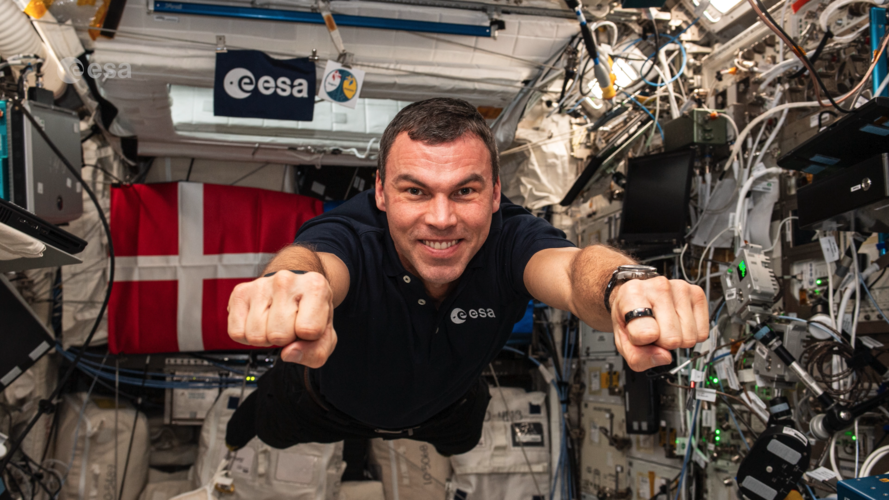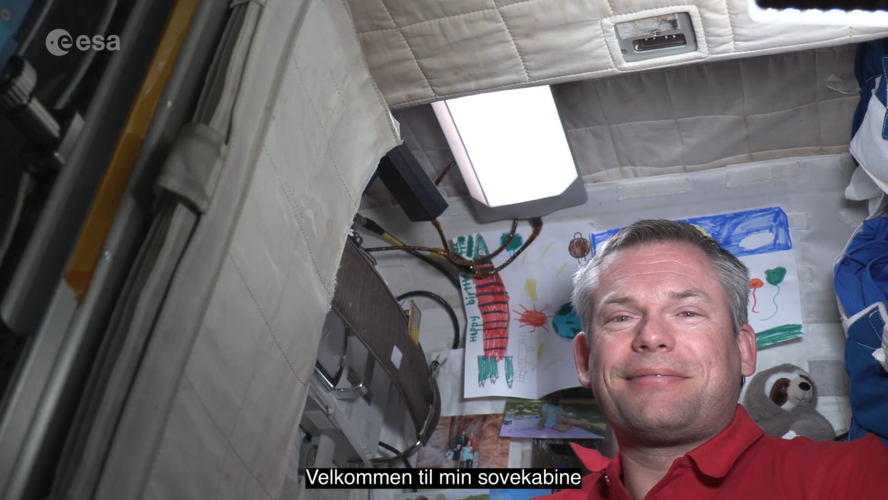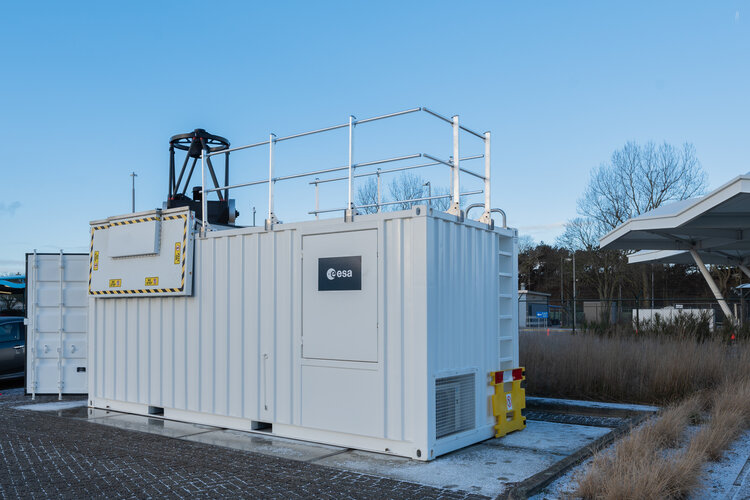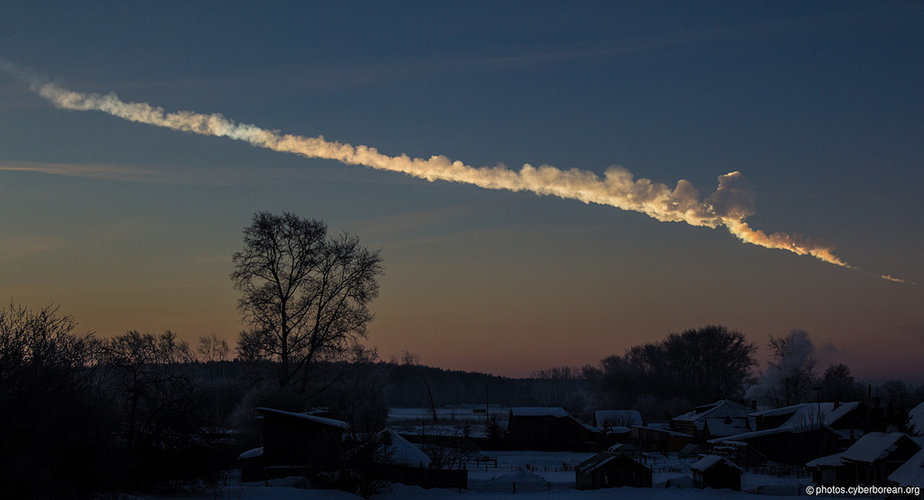
Copernical Team
Muninn Mission highlights
 Video:
00:01:05
Video:
00:01:05
Highlights of the Muninn mission with ESA project astronaut Marcus Wandt, from the countdown to launch to his work on the International Space Station.
Day and night cycle on the Space Station
 Video:
00:03:08
Video:
00:03:08
As part of his Huginn mission, ESA astronaut Andreas Mogensen tested the Circadian Light experiment in his crew quarters where he sleeps. The light panel was installed above him and is designed to mimic the Sun’s light to give him a better day/night cycle, also known as the circadian rhythm.
Made by SAGA Space Architects in Denmark, the light changes colour over the day, turning on in the early morning to wake up Andreas to then turn a whiter colour during the day. Like the sunset, the panel changes into a more reddish colour before turning off for
ESA shipping container's laser link to space

ESA’s very latest laboratory extension is portable in nature: hosted within a standard shipping container, this ESA Transportable Optical Ground Station, ETOGS, can be transported all across Europe as needed, to perform laser-based optical communications with satellites – including NASA’s Psyche mission, millions of kilometres away in space.
The colossal caverns for Fermilab's DUNE experiment have been fully excavated
 Excavation workers have finished carving out the future home of the gigantic particle detectors for the international Deep Underground Neutrino Experiment. Located a mile below the surface of Lead, South Dakota, the three colossal caverns are at the core of a new research facility that spans an underground area about the size of eight soccer fields.
Final outfitting of the colossal caverns
Excavation workers have finished carving out the future home of the gigantic particle detectors for the international Deep Underground Neutrino Experiment. Located a mile below the surface of Lead, South Dakota, the three colossal caverns are at the core of a new research facility that spans an underground area about the size of eight soccer fields.
Final outfitting of the colossal caverns The Future of Weather Forecasts: Nearing the Natural Limit of Predictability
 Weather forecasts play a crucial role in our daily lives and in mitigating the impacts of extreme weather events. With climatological extremes causing significant economic and human losses, the quest to enhance the accuracy and extend the predictability of weather forecasts is more critical than ever. Dr. Michael Riemer, from Johannes Gutenberg University Mainz (JGU), and his team have delved in
Weather forecasts play a crucial role in our daily lives and in mitigating the impacts of extreme weather events. With climatological extremes causing significant economic and human losses, the quest to enhance the accuracy and extend the predictability of weather forecasts is more critical than ever. Dr. Michael Riemer, from Johannes Gutenberg University Mainz (JGU), and his team have delved in Thales Alenia Space completes MicroCarb satellite to map Earth's CO2
 Thales Alenia Space has recently announced the successful completion of the assembly, integration, and test (AIT) phase for the MicroCarb satellite, marking a crucial step towards its launch. This significant milestone was achieved at RAL Space in Oxfordshire, United Kingdom, confirming the satellite's readiness for its upcoming mission to measure atmospheric carbon dioxide (CO2) levels.
T
Thales Alenia Space has recently announced the successful completion of the assembly, integration, and test (AIT) phase for the MicroCarb satellite, marking a crucial step towards its launch. This significant milestone was achieved at RAL Space in Oxfordshire, United Kingdom, confirming the satellite's readiness for its upcoming mission to measure atmospheric carbon dioxide (CO2) levels.
T APG Launches NaviGuard: A New GPS Anomaly Detection App Enhancing Aviation Safety
 In response to increasing concerns over GPS spoofing and jamming threats in aviation, APG has unveiled NaviGuard, a novel application aimed at bolstering the safety of commercial and business flight operations. This development comes shortly after the Federal Aviation Administration (FAA) issued a Safety Alert for Operators, urging flight crews to vigilantly monitor onboard equipment and prepare
In response to increasing concerns over GPS spoofing and jamming threats in aviation, APG has unveiled NaviGuard, a novel application aimed at bolstering the safety of commercial and business flight operations. This development comes shortly after the Federal Aviation Administration (FAA) issued a Safety Alert for Operators, urging flight crews to vigilantly monitor onboard equipment and prepare Heritage ERS-2 satellite to reenter Earth's atmosphere
 Throughout its 16-year working life, the second European Remote Sensing satellite, ERS-2, returned a wealth of information that revolutionised our perspective of our planet and understanding of climate change. As well as leaving a remarkable legacy of data that still continue to advance science, this outstanding mission set the stage for many of today's satellites and ESA's position at the foref
Throughout its 16-year working life, the second European Remote Sensing satellite, ERS-2, returned a wealth of information that revolutionised our perspective of our planet and understanding of climate change. As well as leaving a remarkable legacy of data that still continue to advance science, this outstanding mission set the stage for many of today's satellites and ESA's position at the foref Spaceborne Computer-2 sets new benchmark for AI and ML on ISS
 Hewlett Packard Enterprise (NYSE: HPE) has taken a significant step forward in space-based computing by dispatching the third iteration of its Spaceborne Computer to the International Space Station (ISS). This event marks a pivotal moment in the evolution of high-performance computing (HPC) capabilities beyond Earth's atmosphere, leveraging commercial off-the-shelf (COTS) servers. The latest jou
Hewlett Packard Enterprise (NYSE: HPE) has taken a significant step forward in space-based computing by dispatching the third iteration of its Spaceborne Computer to the International Space Station (ISS). This event marks a pivotal moment in the evolution of high-performance computing (HPC) capabilities beyond Earth's atmosphere, leveraging commercial off-the-shelf (COTS) servers. The latest jou 
